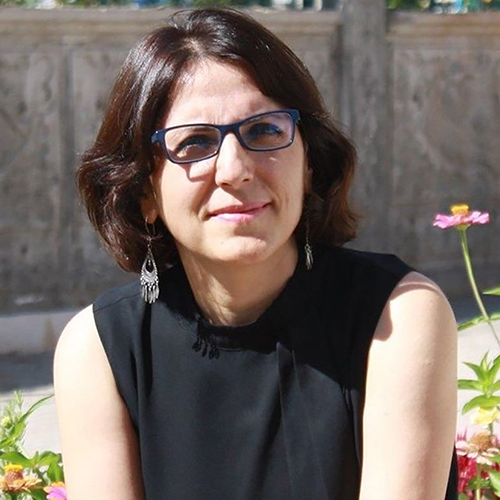Assoc. Prof. Birgül Açıkyıldız, University of Paul Valéry, Montpellier III
The Ezidis: Destruction, Reconstruction, and Identity
Assoc.
Prof. Birgül Açıkyıldız, University of Paul Valéry, Montpellier III
The Ezidis were exposed to massacres, slaughters, and deportations
throughout their history. At the beginning of the 20th century, their territory
remained within the frontiers of five countries, namely Turkey, Iraq, Syria,
Iran, and Armenia. Thereby, they continued to live within the frame that each
country established with its minorities. The Ezidis have faced pressure due to
their ethnic and religious identity in the Turkish Republic era because of the
country’s severe attitude to its minorities. From the 1960s on, the Ezidi
community, whose population already greatly reduced, immigrated to European
countries, especially to Germany that was provoked by political and religious
oppression, and economic difficulties. Today there are only a few Ezidi villages,
and Ezidi remained in Turkey. Most Ezidi villages were occupied by the
Muslims, and the Ezidis who stayed there, live together with their new
neighbors. Some villages were forcefully evacuated in the 1990s, and deported
populations moved to the big towns and cities, and some of them joined their
relatives in Germany.
Between 1809 and 1907,
after its capture by the Ottomans, the Sanctuary of Sheikh ‘Adi at Lalish in
the Northern Iraq, the main Ezidi pilgrimage center, was converted into a
madrasa. Apart from this exception, it is rare that Ezidi sacred spaces are
converted to the need of the newcomers. Instead, Ezidi sacred places were
targeted to destroy.
In this paper, instead of
dealing with the conversion or destruction of the Ezidi sacred places, I will
discuss how the Ezidis react to exist in their homelands that they don’t live
in anymore. I will focus on the Hasan Beg Cemetery (Goristana Hesen Begê),
located in the village of Güneli (Geliyê Sora) in Nusaybin, Turkey, where Ezidis of Germany continue to bury their departed. The Ezidis can still not
return their homelands, but they continue to manifest their existence in their
lands by burying their deceased and carrying out their commemorative rituals
there. In this way, they lay claim to their ancestors, past and future. This
paper aims to examine the relationship between the cemetery and Ezidi
identity. It will question how the Ezidi identity reconstructs and transforms
itself in the monumental funerary architecture. These tombstones’ design and
symbols will be analysed and the effect of exiling from the land on the
mortuary practices will be discussed.
